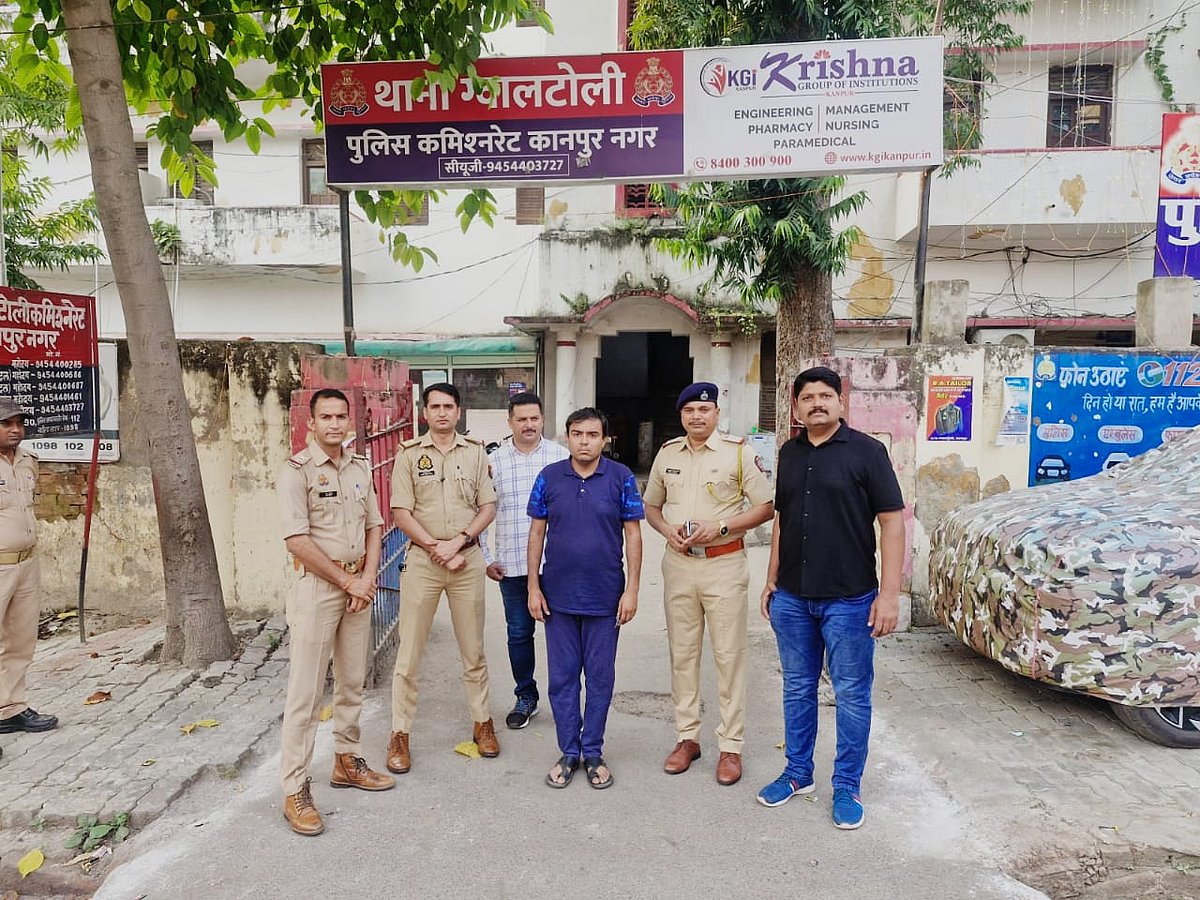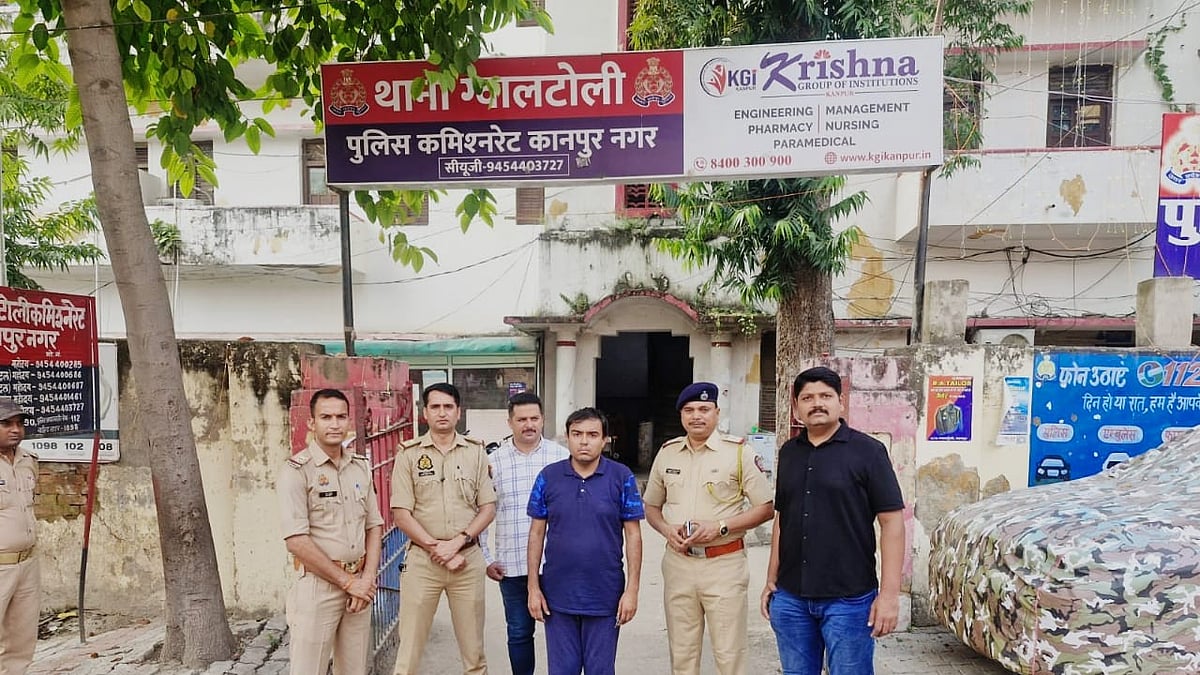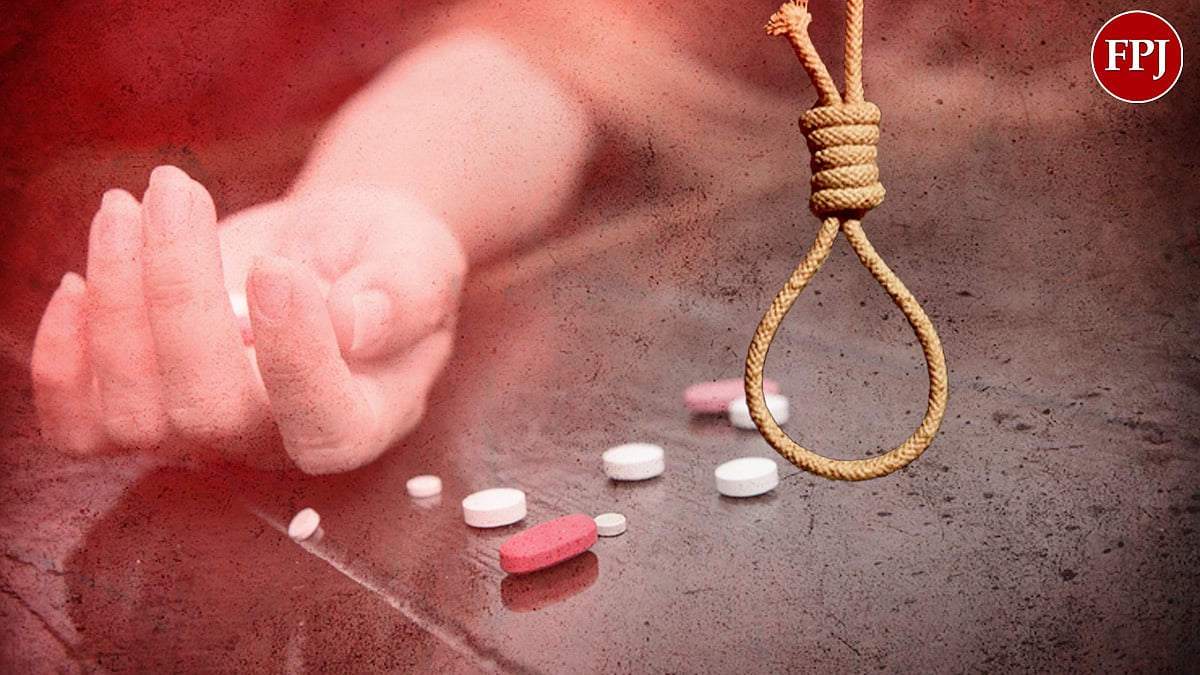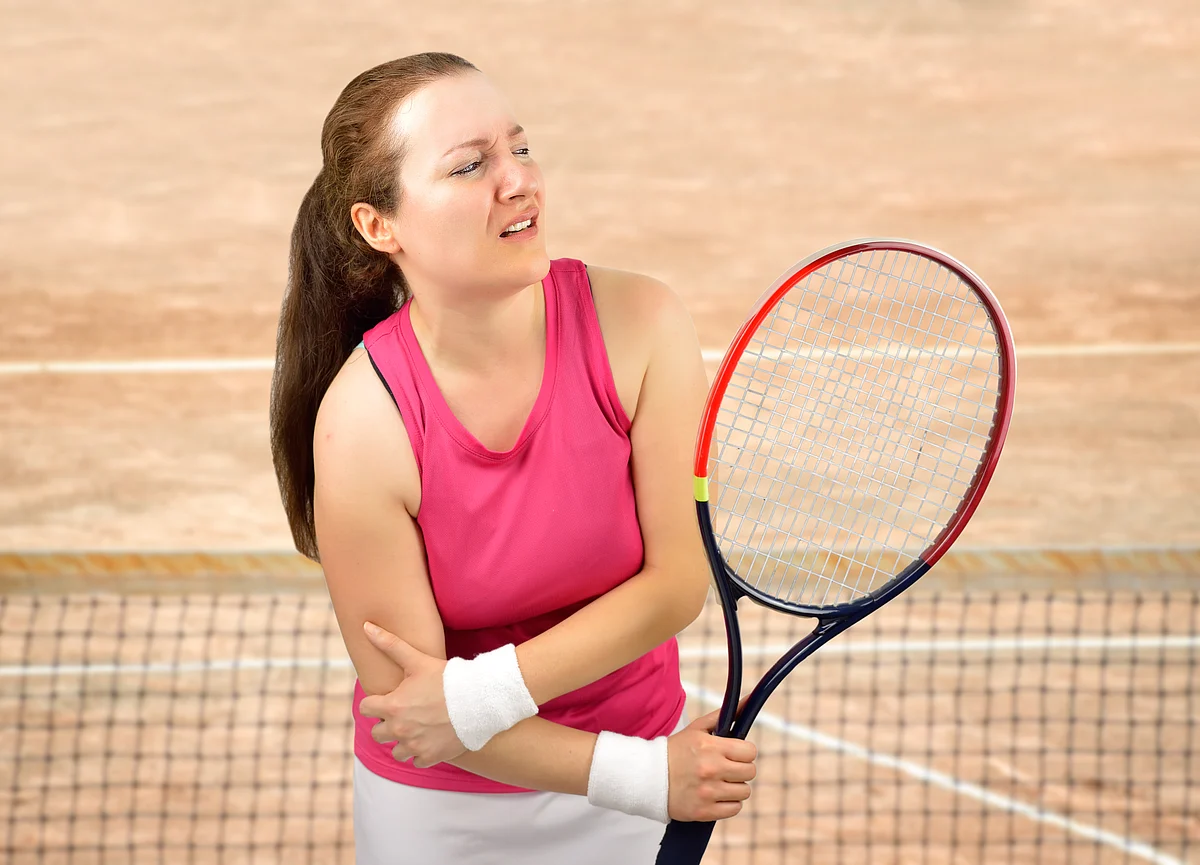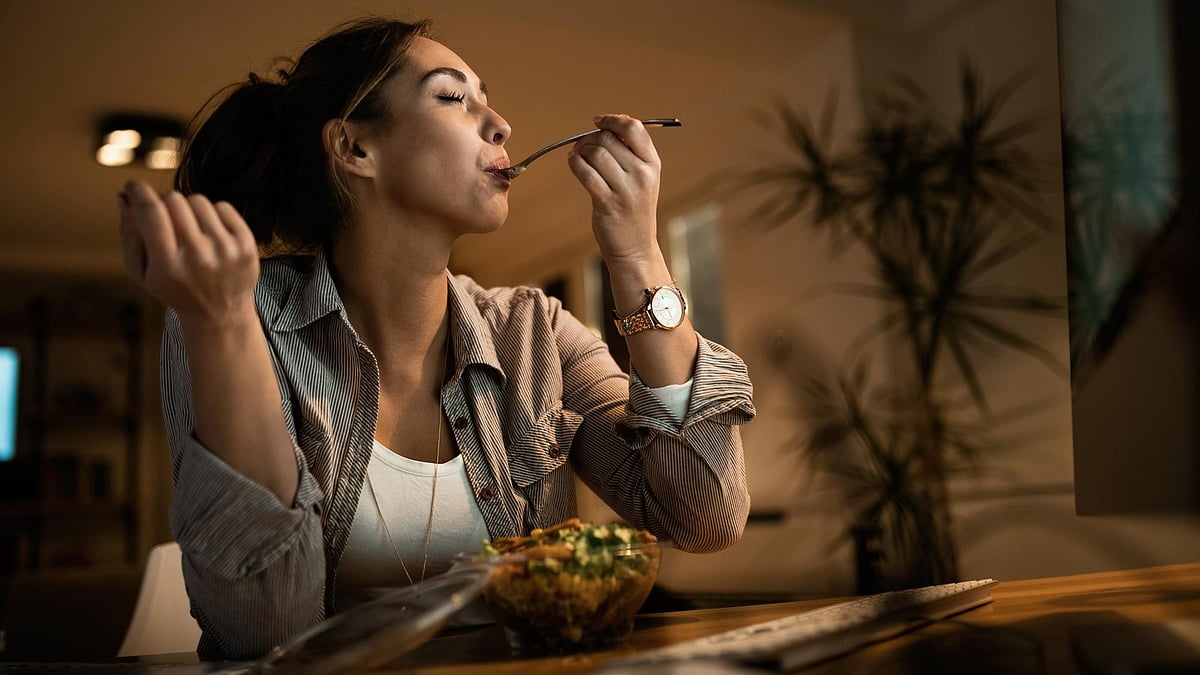Most active sports need a person to be on their feet, be it as simple as a slow to brisk walk. In the use of the legs, the knee and ankles are the most prone to injury. Being overweight makes matters worse, and the knee as a result is one of the most injured parts of the body. Sports in effect accounts for the vast majority of knee pain and injuries to the knee.
The different types of common knee injuries to the knee are defined by the affected anatomy of the knee and the mechanism by which it's injured. Most knee injuries are caused by an external force bending or twisting the knee in a manner that it was not anatomically designed for. Common causes of knee injuries are from a twisting mechanism from falls, sports, or accidents. A twisted knee can cause damage to the ligaments and cartilage.
Knee sparins are injuries to the ligaments that hold the knee together. There are multiple ligaments that stabilize the knee and keep it in alignment. The anterior cruciate ligament (ACL) and the posterior cruciate ligament (PCL) stabilize the knee in movement from front to back and cross each other in the middle of the knee joints. The medial collateral ligament (MCL) and lateral collateral ligament (LCL) stabilize the knee so that the bones do not slide from side to side.
Ligament sprains are graded by the amount of stretching or tearing of the ligament fibers and how much instability it causes as follows:
Grade 1 knee sprain: The ligament is stretched and painful, but fibers are not torn and no instability is present.
Grade 2 knee sprain: The ligament fibers are torn partially, mild instability may be evident.
Grade 3 knee sprain: The ligament fibers are completely torn and the knee is unstable.
Knee strains occur when tendons or muscles surrounding the knee are stretched, usually due to hyper flexion or hyperextension of the knee. These strains can lead to pain outside of the knee joint but can cause dysfunction of the normal range of motion of the knee. The patellar tendon stretches from the lower kneecap to the front of the tibia bone at the front of the leg.
Knee Bursitis occurs when a fluid-filled pouch (called a bursa) in the knee is irritated, inflamed, or infected. Bursas are fluid-filled sacs located around joints that act as shock absorbers that minimize the friction between various tissues, such as the muscles and tendons around the joints. In the knee, there are two main bursas, one above the kneecap (patella) and one below the knee joint near the front of the tibia bone.
Tears of the Meniscus can occur from damage to the inside of the knee. The medial and lateral menisci (plural of meniscus) are semi-round, articular cartilage that acts as shock absorbers and smooth cushions for the thighbone (femur). These menisci can be injured acutely or can become dysfunctional gradually due to overuse and/or aging.
Knee joint dislocation can occur due to high-impact, large-force injuries to the knee (sports, motor vehicle accidents). This is a rare injury but causes severe damage to all the anatomical components of the knee and can include damage to the blood vessels and nerves about the knee. This requires emergency treatment or surgery.
The kneecap (patella)can dislocate to the side of the knee. Patellar dislocation can be very painful but is generally not life-threatening and can be treated by popping it back into place (reduction of the patella), splinting, and physical therapy.
Knee fractures occur from direct blows to the bones. Patella, or kneecap, fractures occur when a person falls directly down onto the knees and the kneecap cracks due to the force. Collapse of the top of the tibia bone in the knee (tibia plateau fracture) can occur from sudden compression injury to the knee, especially in people with osteoporosis. Other fractures of the long bones (fibula, tibia, and femur) are rare with isolated injures to the knee.
Other Overuse injuries of the knee include patella femoral pain syndrome (often referred to as "runner's knee," which causes pain on the front of the knee) and weakness and degeneration of the cartilage under the kneecap (chondromalacia patella). These injuries are due to an accumulation of repetitive damage to the knee structures. Congenital knee problems or improper mechanics of the knee movement may cause this.
Osteochondritis dissecans is a joint disorder that occurs most commonly in children. Bone and cartilage beneath the joints loses its blood supply, resulting in joint pain and stiffness. This condition typically affects the knees, but it can also affect other joints such as elbows and ankles.
Osgood-Schlatter disease is a condition in children caused by growth spurts that cause knee pain and swelling below the kneecap.
Rest prevents further injury and allows for healing.
Ice helps with swelling and pain. Icing an injury constricts blood vessels and limits the bleeding in the injured area.
Compression also limits swelling and provides support to an injured joint.
Elevation uses gravity to improve swelling by reducing blood flow to the injured area.
You should start using the R.I.C.E. method as soon as possible after an injury occurs. Immediately apply ice to the area, using a sheet or towel to protect your skin.
Next, wrap an elastic bandage around the ice and injured area. It should be snug, but you don’t want to wrap it so tightly that it cuts off the blood supply.
Leave the ice on for about 15 minutes. You can repeat every three hours throughout the day.
Once the swelling decreases, you can start doing gentle range of motion exercises for the affected joint.
Did you know that the Sujok therapy I suggest works just the same as physiotherapy – except, it does not really need anyone other than your own self to administer it. The prescribed protocols are very simple treatment that could be done by the patient if s/he has a basic sujok kit. If Sujok kit is not available, one may try using hairbrush or hard toothbrush. www.artofselfhealing.in
Treatment: One has to take a Jimmy / Probe or a pencil with its lead point broken and smoothened. Without applying much pressure move the blunt point in the area shown on the skin of fingers and toes. The affected point as shown will be very painful. Stimulate it, by turning it clockwise and anticlockwise for a minute or two. One will generally feel some relief instantly. Paste tiny Byol magnets for about eight hours preferably before sleeping. If the point has an arrow up, please use a magnet with yellow side touching skin and if arrow down then white touches skin. The points are to be stimulated three to four times in daytime and magnets attached at night. Repeat the treatment till the problem is over
Knee Region Injuries
General point to reduce swelling caused by injuries St 36 ↓.
a) Muscle pain in knee caused by injury: UB 54, Liv 3, GB 34, Sp 9, St 35,
b) Pain in knees due to injury : UB 60 ↓
c) Knee-cap injury: Sp 10 ↓
d) Injury in the back of knee: UB 52, 53 ↓
e) Twisted knee ligaments: UB 54, 60, GB 33, 34, St 36, Sp 9, Knee Eyes ↓
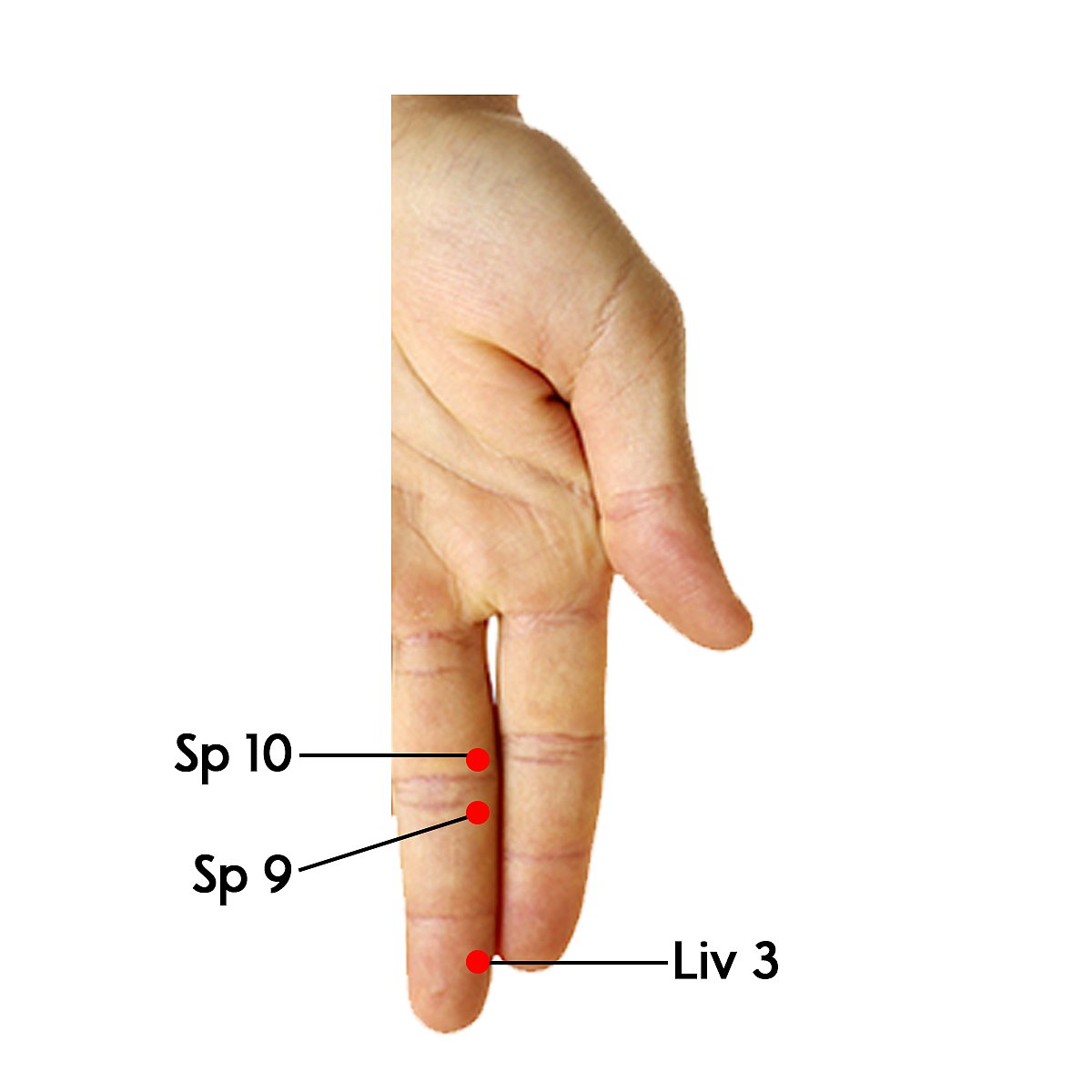
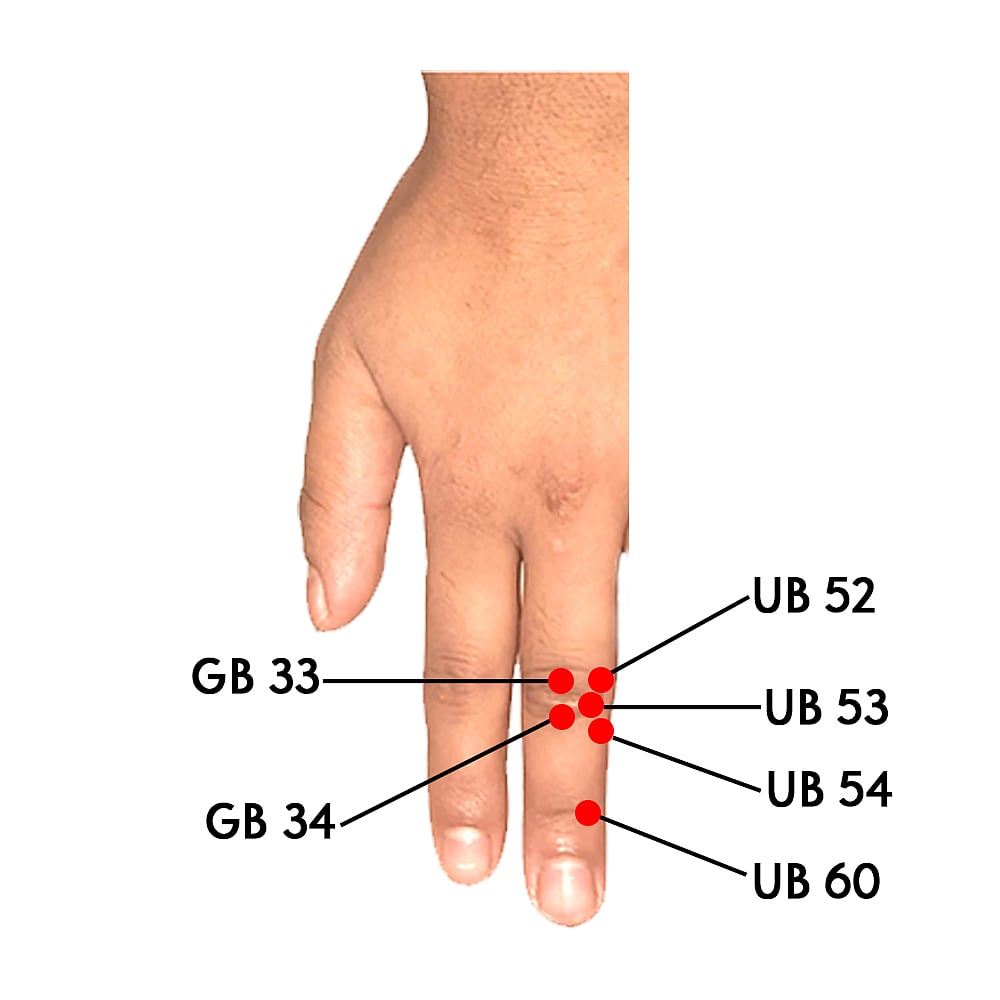
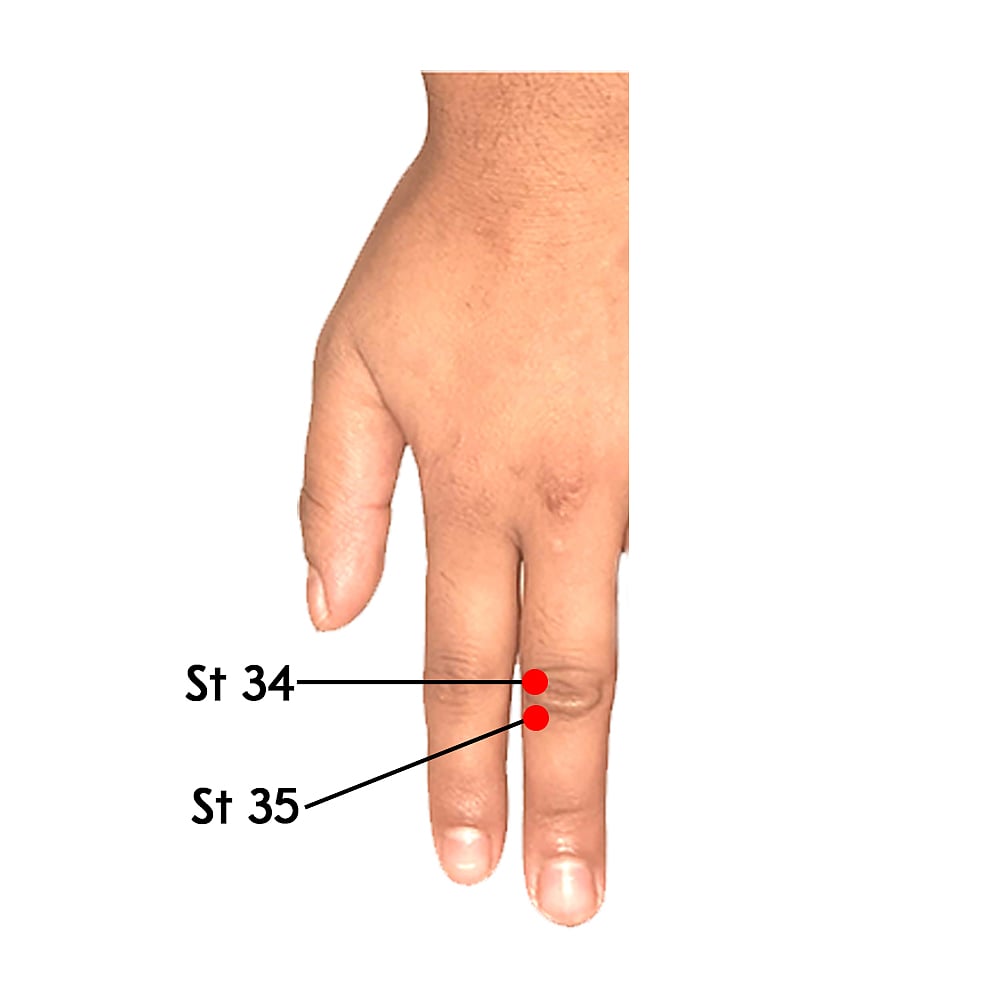
For more self-guided treatments log on to our website www.artofselfhealing.in, To understand treatment properly for this problem and attaches appearing earlier in this column, you are invited to our Zoom meeting (ID 4793331908 Password healing) held every Monday from 7 PM to 8 PM. It’s a Free Service of Free Press Journal Management and the Lions Club Mumbai ACTION.
(The Free Press Journal along with the Lions Club of Mumbai ACTION would like to guide people on how to treat self through non-invasive, therapies like Sujok, Ayurvedic Acupressure and Mudra Yoga. This is complementary and will not override the treatment given by doctor. Please share your problems by writing to us at features@fpj.co.in; lionsclubofaction@gmail.com. You can also share the problem on WhatsApp at 9323178565.)

